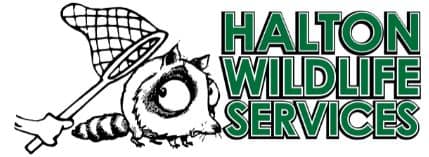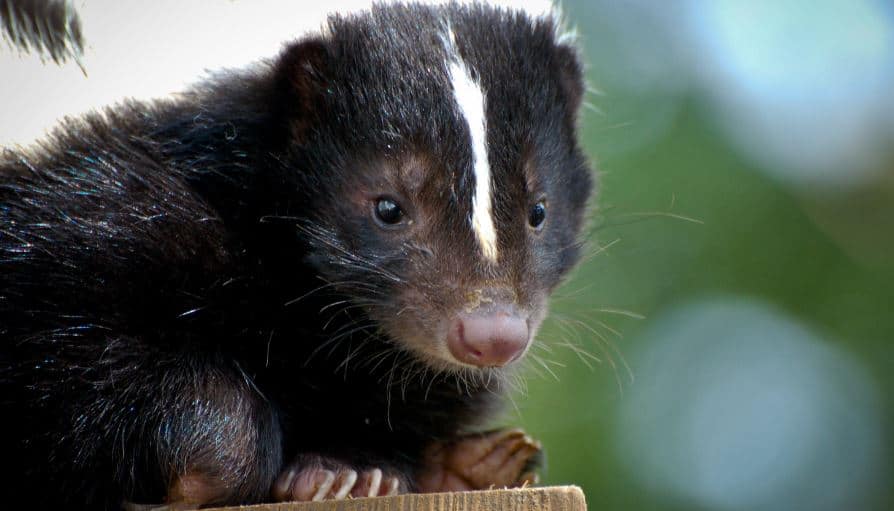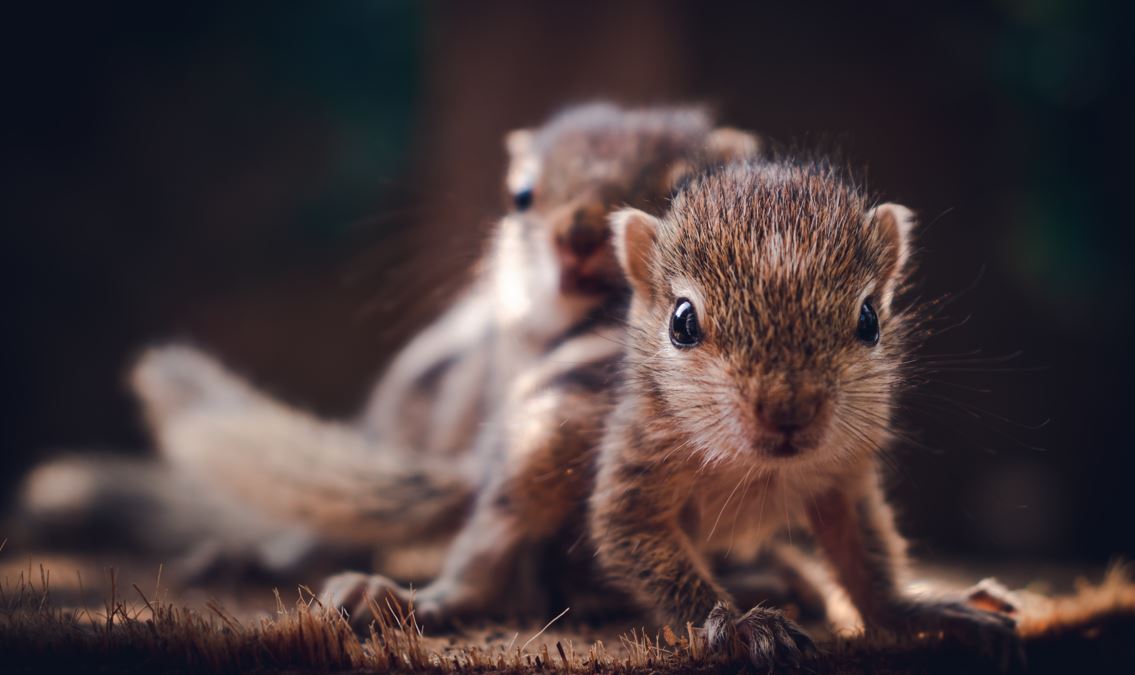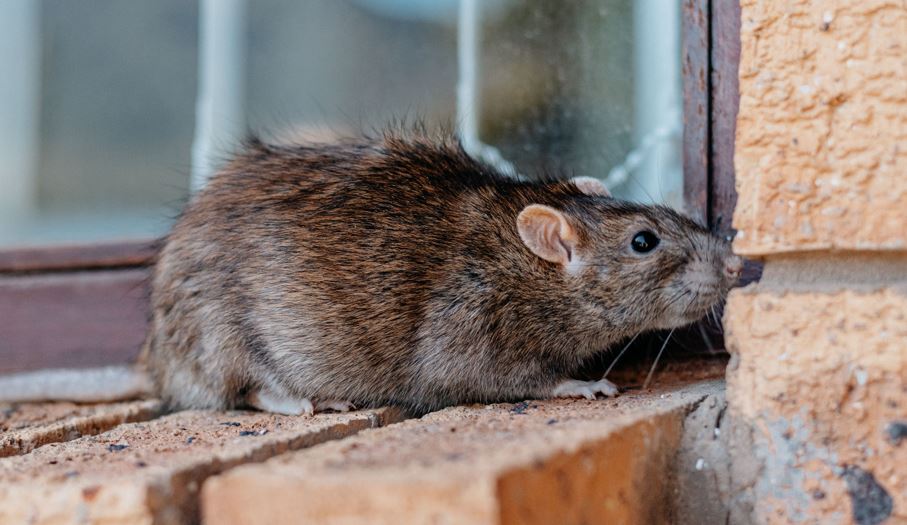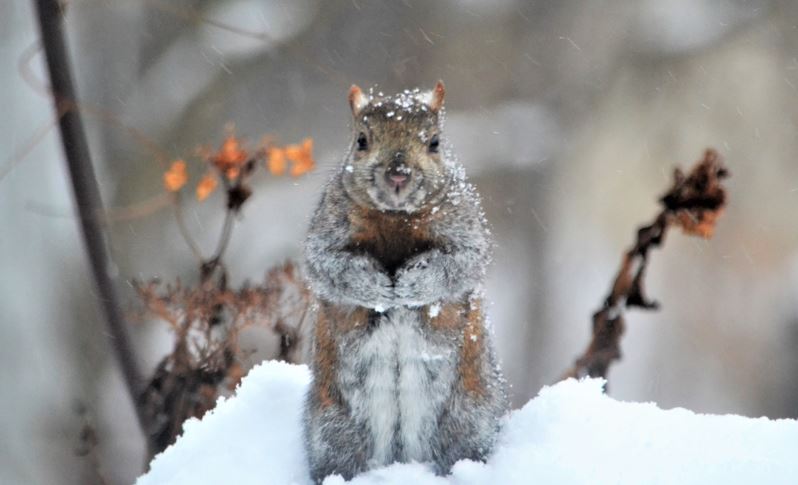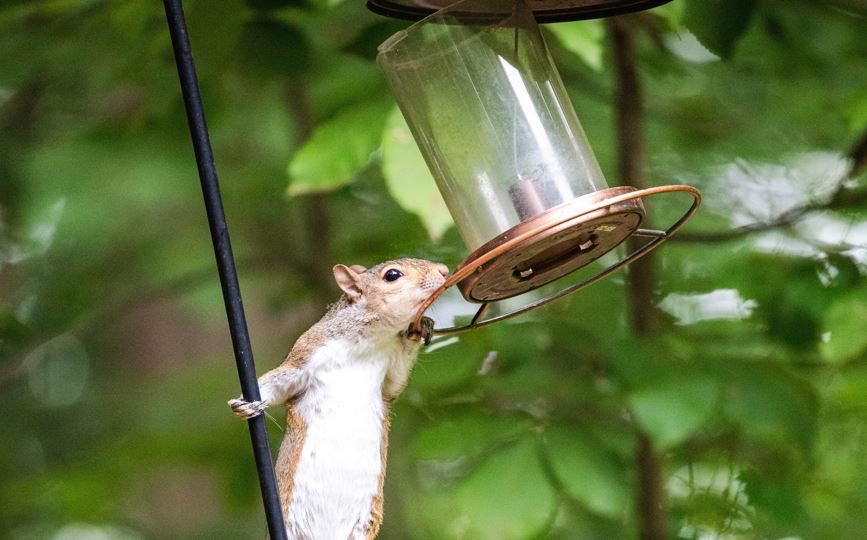Skunks. Have you noticed the tell-tale stink of the white-striped invader lurking around your shed? Get rid of skunks once and for all with these simple tactics.
Look out for baby skunks
The last thing you want is to evict a mother skunk and unknowingly trap her babies inside or beneath your shed. If the babies are trapped there and somehow survive, you’ll still have to deal with skunk smells. And if they die, you’ll have to deal with the odor of a decaying carcass, not to mention feeling bad about what happened to them. Be nice and take precautions to ensure you don’t trap any babies.
If you find skunks inside or under your shed any time between April and September, assume babies are there too.
The couch potato approach for evicting a skunk family
Your first option is do nothing – let them live there until they’re fully grown and leave the den on their own. This is a great, low-maintenance, low-effort strategy that can be quite effective – provided you have the patience to wait it out.
Once they “move out” of their den, block off all entrance points to prevent new uninvited guests from moving in afterwards.
The active approach to get rid of skunks
If you can’t stand having skunks around for one moment longer than necessary, a more active approach will be better suited for you.
Start by being as annoying as possible, without hurting them, of course!
Skunks like dark dens, so set up bright lights as close as possible to their den entrance. If the animals are living inside your shed, light up the place like a shopping mall so that it’s no longer the dark place it was before.
Skunks also like quiet places to live. Set up a radio near their den entrance (preferably tuned in to a talk radio station since the animals are often scared of human voices) – the sounds will be so annoying that it may be enough to convince the skunks to leave for somewhere with more peace and quiet.
Try to mimic the smell of a predator’s urine – sometimes this helps scare off your stinky invaders. Apple cider vinegar or ammonia is inexpensive to try – soak some rags in it and place them near the den entrance (or inside your shed!). For a longer-lasting effect, put the rags inside plastic bags – this prevents them from drying out too soon and you can poke holes in the bags to allow some of the odor to leak out.
Seal off the den after the skunks have left
If the animals are living inside your shed, it’ll be easy to tell if young ones are around since you can do a thorough inspection of the space. If it’s obvious that the shed is empty of wildlife, seal up any entrances so they can’t return.
But if they’re living underneath your shed, it can be tricky to tell for certain whether or not the animals have truly left. Block the den’s entry with easy-to-remove materials such as crumpled paper, leaves, or straw, and wait – if a few days go by and your blockage is still in place, the odds are high that the animals are not inside and you can use more permanent methods of blocking off the entrance.
Preventing skunks from creating a den beneath your shed
Dig a trench (make it a minimum of 30 cm deep and 30 cm wide) around your shed and run wire mesh around the bottom of your shed in an L-shape. Fill in the trench with the material of your choice when you’re done. The mesh will help prevent skunks from digging a new den there.
You can successfully get rid of skunks
With some time and effort, you can successfully evict the skunks living inside or beneath your shed. Also check out more skunk removal and deterrent tips we have shared here. And remember, if you don’t have the time or desire to do this yourself, call a professional wildlife services company for help.
If you’re in the Burlington, Oakville, Milton or Hamilton areas and have nuisance skunks causing you stress, contact Halton Wildlife Services now!
NOTE TO OUR LOCAL READERS: Halton Region has added skunks to the group of animals on the rabies watch list. Find out more.
